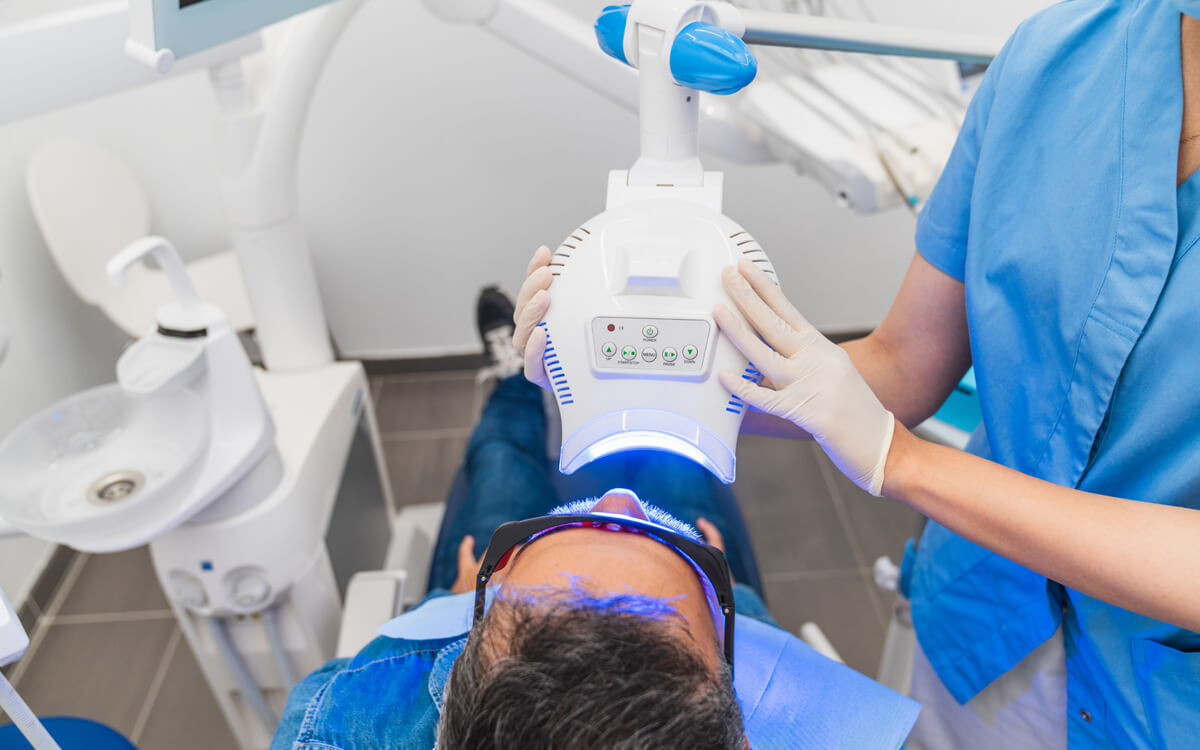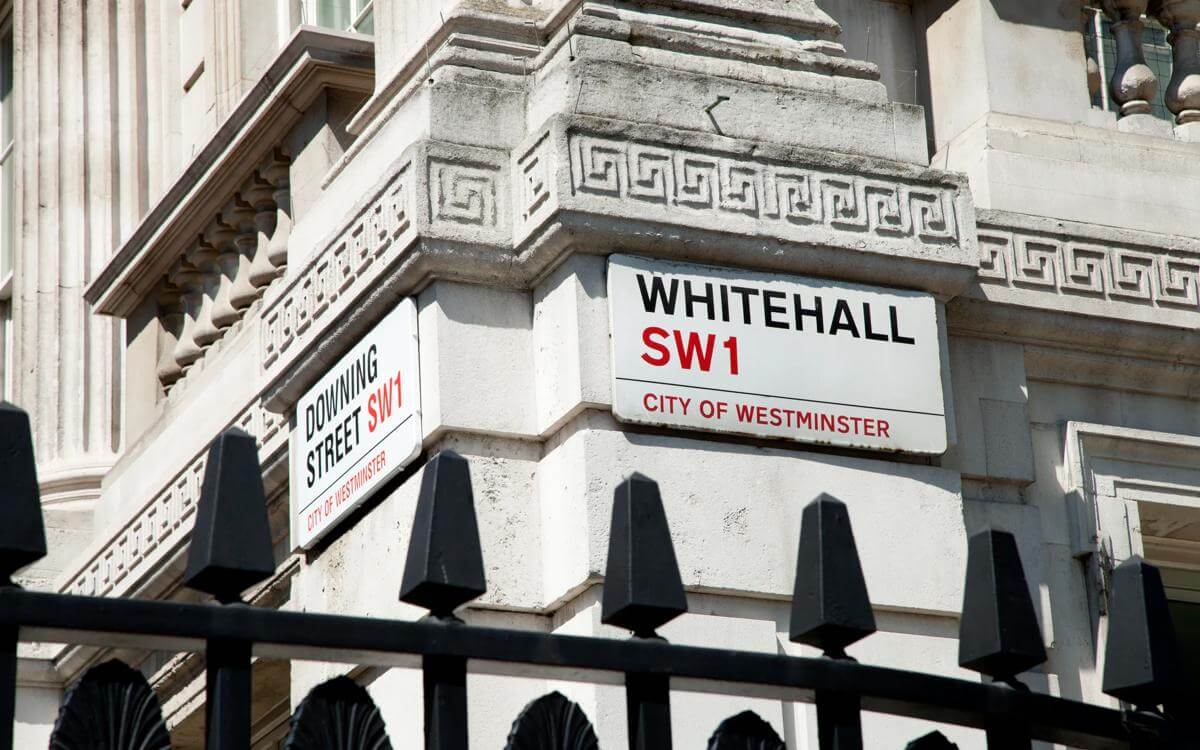Acoustic shock
The Supreme Court has given judgment in the case of Goldscheider v Royal Opera House (ROH) and Others (2019), finding in favour of Mr Goldscheider who suffered acoustic shock due to the set up of the orchestra.
The Supreme Court has given judgment in the case of Goldscheider v Royal Opera House (ROH) and Others (2019), finding in favour of Mr Goldscheider who suffered acoustic shock due to the set up of the orchestra.
This interesting decision on an industry that produces music rather than noise being produced as a by-product highlights the necessity for risk assessments to be adequate and for employers to follow relevant Regulations to protect their employees.
Mr Goldscheider, a viola player at the Royal Opera House suffered a condition known as acoustic shock after a rehearsal where he was directly in front of the brass section.
The Opera House gave Mr Goldscheider custom made ear plugs and provided ear defenders at the orchestra pit entrance. Perhaps surprisingly, this was insufficient in the opinion of the Supreme Court judges for the Opera House to successfully defend the claim although they had succeeded in their defence up until then.
There was a lot of disquiet in the entertainment and music industry over this decision with people concerned that music could no longer be played at a loud level. Nevertheless, when you look at the judgment carefully you see that the Opera House had not carried out a suitable and sufficient risk assessment of potential damage to the orchestra members’ hearing. If they had then Mr Goldscheider’s hearing would not have been damaged.
One crucial aspect of the case was that after Mr Goldscheider and another orchestra member complained about the noise, the configuration of the sections of the musicians was changed. This meant there was no brass section behind the string players. Walls of sound could be put in front of particularly noisy sections. This reconfiguration meant that the ear plugs were not needed as the musicians complained that they muffled the sound of their instruments and others and led to difficulty communicating with the conductor.
The Opera House were not able to say that they had done all that was reasonably practicable to prevent injury to their employees because a free of charge move around of the musicians led to significantly reduced noise levels.
Practical next steps
All risk assessments should be suitable, sufficient and reviewed regularly. Employers must do all that is reasonably practicable to prevent any injury to their employees and whilst the Regulations no longer attract civil liability, follow them as they will be taken into account when determining liability.
This article was originally published by BusinessLive on 16 May 2019Contact

Angela Williams
Legal Director
angela.williams@brownejacobson.com
+44 (0)330 045 2785








































